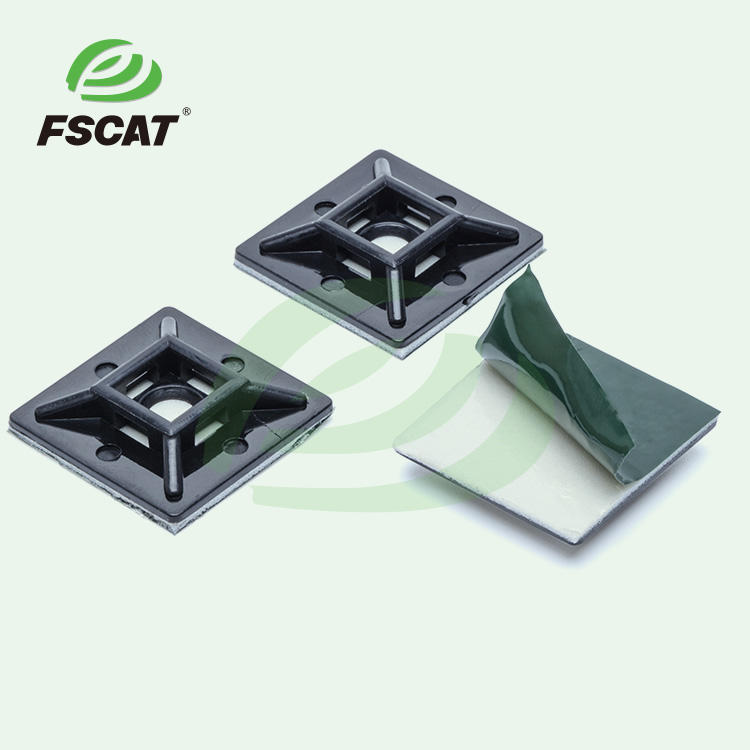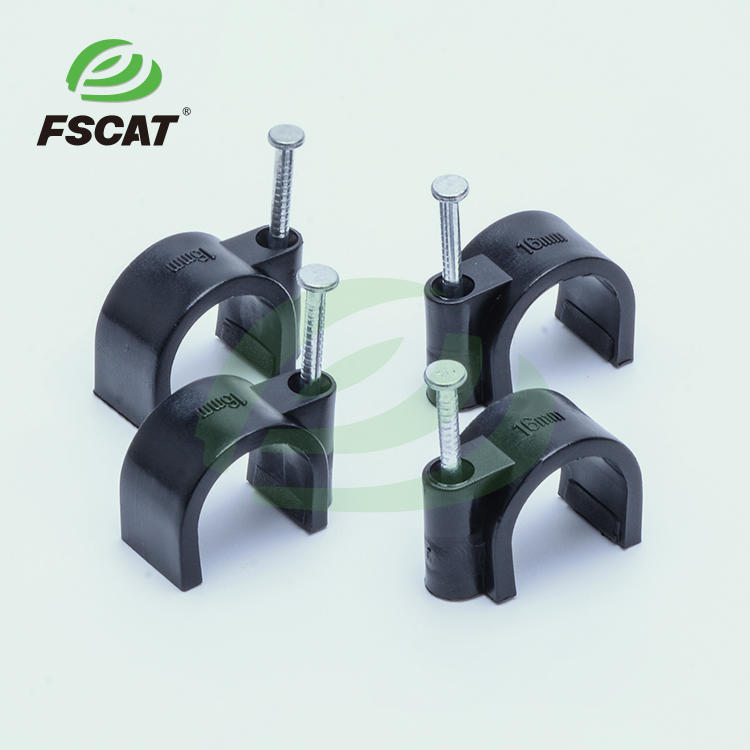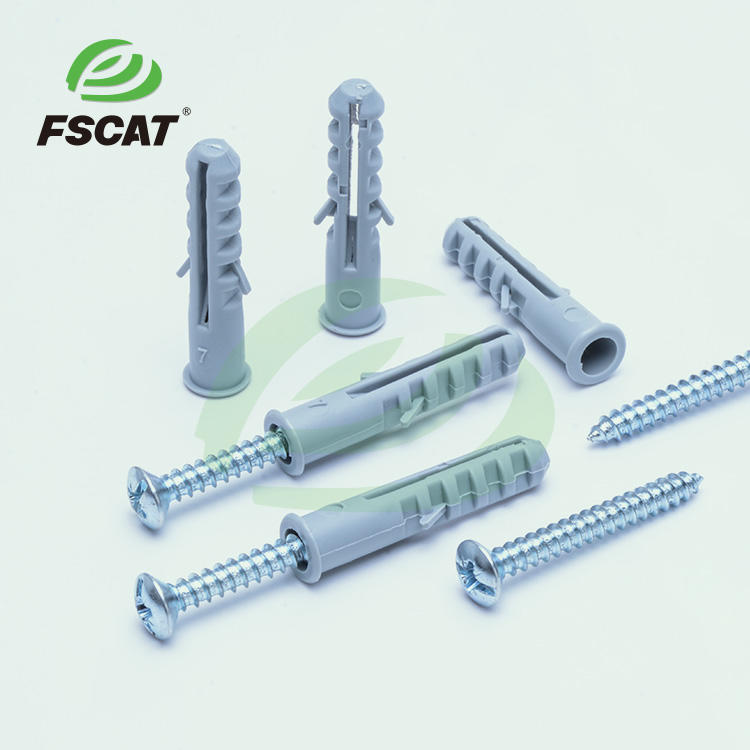How to connect insulated terminals and common problems
Insulated terminal is a piece of metal enclosed in insulating plastic. There are holes at both ends to insert wires. There are screws for fastening or loosening. For example, two wires need to be connected and sometimes disconnected. Use terminals to connect them, and they can be disconnected at any time, instead of soldering or twisting them together, which is very convenient and quick. And beautiful, it doesn't look so messy, and the wiring has a clue.
Connection method
Insulation terminal puncture connection is also called insulation exchange connection. During the whole connection process, the cable does not need to strip off the cable sheath. The U-shaped touch spring tip of the connecting terminal pierces the cable sheath to make the cable The electrical conductor of the wire slides into the concave shape of the contact spring sheet and is clamped, thereby creating an inseparable electrical connection between the electrical conductor of the cable wire and the spring sheet connecting the terminal.

common problem
1. The plug cannot be inserted until there is no proper connection or the insulated terminal is completely closed.
2. When disconnecting or connecting insulated terminals, it is best to make the pivot axis between the power socket and the power plug coincide as much as possible, and pull out the vicinity of the cable completely to prevent the power plug from being damaged by radial forces. Prevent the cable from loosening and causing damage to the connector.
3. When the insulated terminal is used to fix or clamp the vehicle wiring harness, prevent the equipment from loosening during the external thread connection.
4. The inspection or engineering acceptance of the insulated terminal should be carried out in accordance with the relevant specifications, mainly to confirm whether the insulated terminal is damaged and whether the characteristics are qualified.
Before operating the insulated terminals, be sure to select the appropriate insulated terminals to ensure that the installation is carried out on the premise of ensuring safety.







